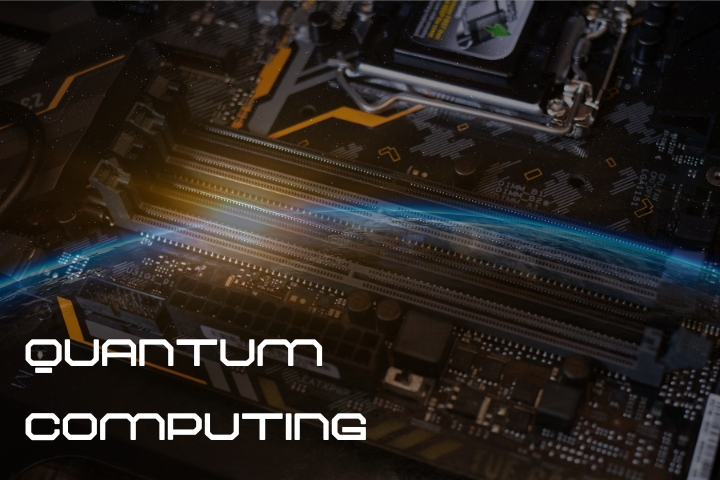The internet, an essential aspect of modern life, has continually evolved since its inception. The journey from Web 1.0’s static web pages to the interactive landscapes of Web 2.0 has now paved the way for Web 3, a paradigm shift towards decentralization. As we delve into this transition, we explore the principles, technologies, benefits, challenges, and applications of Web3 in reshaping the internet’s landscape.
- The Birth of Web3: A Decentralized Vision
- Building Blocks of Web3: Blockchain, Cryptocurrency, and Smart Contracts
- The Promise of Web3: A Revolution in the Making
- Key Benefits of Web3
- Navigating Challenges on the Path to Web3
- Web3 Applications: Shaping the Future
- Conclusion:
-
1. The Birth of Web3: A Decentralized Vision
Web3, the third generation of the internet, introduces the radical concept of decentralization. Unlike its predecessors, Web3 doesn’t rely on a single point of control, empowering countless participants to collectively shape its development. Decentralization ensures enhanced security, transparency, and censorship resistance, driving the Internet’s transformation into a more democratic and open ecosystem.
-
2.Building Blocks of Web3: Blockchain, Cryptocurrency, and Smart Contracts
At the heart of Web3 lies a trio of groundbreaking technologies: blockchain, cryptocurrency, and smart contracts. Blockchain, a distributed ledger, records transactions in an immutable and secure manner, fostering trust within a trustless environment. Cryptocurrency, a digital medium of exchange, enhances economic interactions while leveraging the security of blockchain. Smart contracts, and self-executing agreements, automate processes with precision, ensuring transparent and tamper-proof execution.
-
3.The Promise of Web3: A Revolution in the Making
While still in its infancy, Web3 holds immense potential to revolutionize the internet as we know it. By redistributing control, it empowers users to take charge of their data and privacy. This transition promises heightened security and resistance to censorship, amplifying the internet’s role as a beacon of liberty and innovation.
-
4.Key Benefits of Web3
While serverless architecture offers remarkable advantages, it’s essential to acknowledge potential challenges:
- · Decentralization: The absence of a single point of control fortifies Web3 against security breaches, enhances transparency, and thwarts censorship attempts, ensuring an inclusive digital realm.
- · Ownership: Web3 users wield ownership over their data and digital assets, reinstating their agency in an age of data monetization and privacy concerns.
- · Transparency: The blockchain’s inherent transparency guarantees traceability and accountability, fostering trust in an era where data manipulation has eroded public faith.
- · Efficiency: Transactions on Web3 are more efficient due to reduced reliance on intermediaries, enabling rapid and cost-effective interactions across the globe.
- · Innovation: Web3’s decentralized framework fuels innovation, propelling the creation of novel solutions and applications across industries.
-
5. Navigating Challenges on the Path to Web3
Serverless architecture represents a paradigm shift in cloud computing, catering to the demands of modern application development. The enticing blend of scalability, cost efficiency, and simplified management positions serverless as an attractive option. Yet, it’s vital to navigate the intricacies, understanding both its advantages and limitations. As you explore this dynamic architecture, remember to align your choice of the cloud provider, leverage frameworks, and diligently monitor your applications. With strategic implementation, serverless architecture can be a catalyst for crafting scalable, efficient, and innovative applications that thrive in today’s technology landscape.
- · Complexity: The intricate nature of Web3 technology presents a challenge for widespread adoption, requiring user-friendly interfaces and educational resources.
- · Security: While blockchain enhances security, vulnerabilities in smart contracts and emerging technologies still pose risks, necessitating constant vigilance and the development of best practices.
- · Regulation: As governments grapple with the implications of decentralized technologies, the regulatory landscape remains uncertain, potentially affecting business operations and user experiences.
-
6. Web3 Applications: Shaping the Future
- · Decentralized Finance (DeFi): DeFi platforms facilitate peer-to-peer financial activities, such as lending, borrowing, and trading, circumventing traditional intermediaries.
- · Non-Fungible Tokens (NFTs): NFTs revolutionize ownership and provenance, enabling digital assets like art, collectibles, and even virtual real estate to be tokenized and traded.
- · Decentralized Autonomous Organizations (DAOs): DAOs redefine organizational structures, enabling members to collectively make decisions using transparent, programmable rules.
- · Virtual Reality (VR) and Augmented Reality (AR): Integrating with Web3, VR and AR technologies offer immersive experiences with decentralized content creation and interaction.
-
5.Conclusion
The transition from Web 1.0 to Web 3 signifies more than just technological evolution — it reflects a societal shift towards empowerment and liberation. The principles of decentralization hold the promise of a more secure, open, and inclusive internet thanks to blockchain, cryptocurrencies, and smart contracts. As we navigate the complexities and challenges, Web3 applications continue to emerge, reshaping industries and redefining the possibilities of digital interactions. With each advancement, we inch closer to an internet where control rests in the hands of its users, and innovation knows no bounds.
Thank You for reading a our blog. Follow us on Medium for regular updates

